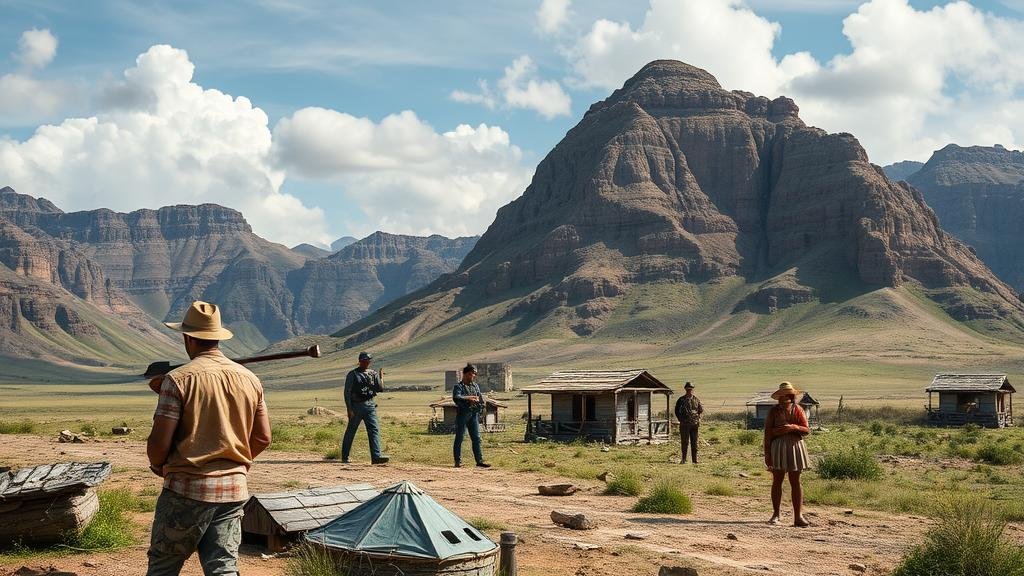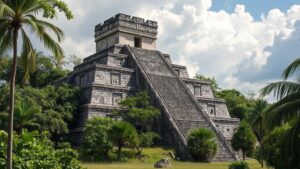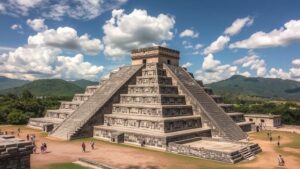Following historical expeditions to validate ancient legends.
Following Historical Expeditions to Validate Ancient Legends
The intersection of history, archaeology, and mythology often leads to fascinating discoveries that can either validate or debunk ancient legends. Through various expeditions over the years, researchers have looked to unearth evidence to support narratives that have been passed down through generations. This article delves into significant expeditions that have sought to confirm ancient tales, illuminating how they impact our understanding of history and culture.
The Search for the Lost City of Atlantis
The myth of Atlantis, a highly advanced civilization said to have sunk into the ocean, has sparked numerous expeditions. earliest references to Atlantis appear in the works of the philosopher Plato around 360 B.C. His accounts describe an idyllic society that fell out of favor with the gods.
One notable expedition occurred in 2001, led by marine archaeologist Dr. Richard Freund, who focused on the area around the Azores archipelago. Freunds team employed advanced sonar mapping techniques to identify structures on the ocean floor that resembled urban layouts. Their findings generated a renewed interest in both the legitimacy of Platos writings and the possibility that Atlantis could have been a real place.
While skepticism remains prevalent among historians, the expedition highlighted the importance of scientific inquiry in validating or disputing ancient claims. Atlantis, whether a historical fact or allegorical tale, continues to captivate exploration and debate.
The Exploration of the Ark of the Covenant
The Ark of the Covenant, described in the Hebrew Bible, is believed to contain sacred artifacts, including the tablets of the Ten Commandments. Expeditions aiming to locate the Ark have varied widely in their approaches and contexts.
In 1980, a team led by archaeologist Dr. Ron Wyatt claimed to discover the Ark in a cave beneath the site of Golgotha in Jerusalem. Wyatt’s assertions were based on both Biblical texts and physical evidence he presented, including artifacts and blood samples that he claimed belonged to Jesus. Despite his conclusions being met with skepticism from the broader archaeological community, the expedition reignited interest in the theological and historical significance of the Ark.
This case exemplifies how ancient legends can inspire exploration, though it equally underscores the necessity for rigorous scientific methodologies in validating historical claims.
The Quest for El Dorado
The legendary city of El Dorado, often depicted as a place of immense wealth and riches in South America, has driven countless expeditions since the Spanish Conquest began in the early 16th century. The myth evolved from stories of a chieftain who covered himself in gold dust and a lake where gold offerings were made to appease gods.
The expeditions led by Spanish explorer Francisco Orellana in 1541 and Sir Walter Raleigh in 1595 are notable examples of early attempts to find El Dorado. Their journeys through the Amazon rainforest were filled with danger, and while they did not find the fabled city, they did document the complexity of indigenous cultures and biodiversity that existed in the region, challenging preconceived notions of the New World.
Modern explorations have utilized advanced technology such as LiDAR scanning to reveal ancient structures and roads, suggesting past civilizations may have thrived in the Amazon long before European arrival, although no definitive proof of El Dorado has been found.
- The Orellana expedition illustrated the early European desire for wealth and its consequences on indigenous populations.
- Raleigh’s adventures showcased the intersection of myth and reality in the exploration narrative.
Modern-Day Expeditions and Cultural Impact
In recent years, expeditions continue to unfold, aiming to bridge the gap between mythology and historical fact. One such effort is the investigation of ancient Mesopotamian cities, particularly the search for the fabled Hanging Gardens of Babylon. One expedition in the 19th century led by archaeologist Austen Henry Layard unearthed artifacts that reshaped our understanding of ancient Babylonian culture. Despite not finding the gardens themselves, Layard’s work contributed significantly to the field of archaeology and showcased the potential for ancient texts to guide archaeological efforts.
These modern explorations are crucial as they not only seek to validate historical claims but also foster a deeper understanding of human cultures and histories. allow us to appreciate the rich tapestry of our shared past while questioning and examining the truths behind ancient legends.
Conclusion
Following historical expeditions to validate ancient legends reveals the intricate relationship between myth and historical reality. Projects such as those targeting Atlantis, the Ark of the Covenant, and El Dorado not only aim to discover evidence but also to understand the cultural significance of these narratives.
As we continue to probe the depths of our past, it becomes evident that each expedition reflects humanitys unyielding quest for knowledge, understanding, and adventure. To ensure the integrity of discoveries, it is essential to approach these subjects with a combination of historical rigor and open-mindedness, recognizing that sometimes the myth itself holds profound truths about our collective heritage.



